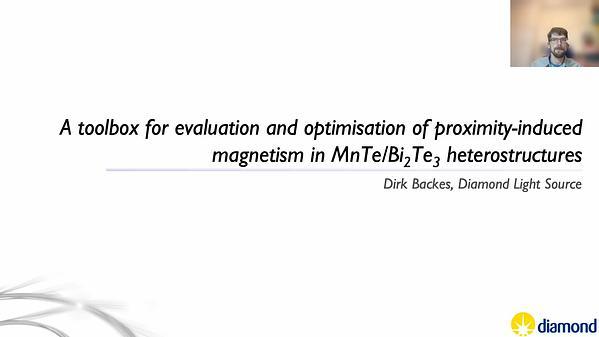
Premium content
Access to this content requires a subscription. You must be a premium user to view this content.

technical paper
Strong spin orbital coupling
In this paper, we mainly focus on the magnetic and magnetocaloric properties of YbVO3 single crystals. As shown in Fig.1 (a, b) the grown crystals unveil several phase transitions close to 104 K, 65 K and 20 K. The observed 104 K feature originates from the occurrence of a C-type antiferromagnetic ordering of V3+ magnetic moments while that close to 65 K corresponds to the transformation of the established C-type spin ordering (SO) into a G-type antiferromagnetic ordering which is associated with a change in the orbital ordering (OO) from G-type to C-type. The phase transition taking place close to 20 K is more probably attributed to the ordering of Yb3+ magnetic moments. On the other hand, the below 65 K ordering state constituted of G-type SO/C-type OO remains very stable even under sufficiently high magnetic fields as reported in Fig.1-b. This underlines the weakness of f-d exchange couplings in the YbVO3 vanadate being in contrast with other RVO3 orthovanadates containing smaller rare earth elements such as DyVO3 compound 1 . Additionally, we particularly demonstrate that the complex electronic and magnetic structures of YbVO3 result in interesting levels of thermal effects over a wide temperature range including a giant negative magnetocaloric effect close to 60 K. In fact, the maximum entropy change is found (Fig. 1-c) to be almost 12 J/kg K in the magnetic field change of 7 T applied along the c axis and the ab-plane at 64.25 K and 65.5 K, respectively. More interestingly, the strong magnetic anisotropy shown by the V3+ sublattice (Fig. 1-a) results in a large rotating magnetocaloric effect (RMCE) at relatively high temperatures (Fig.1-d). This would open the avenue for the design of efficient magnetic refrigerators with simplified designs 2. Our findings are discussed in the frame of DFT calculations.

